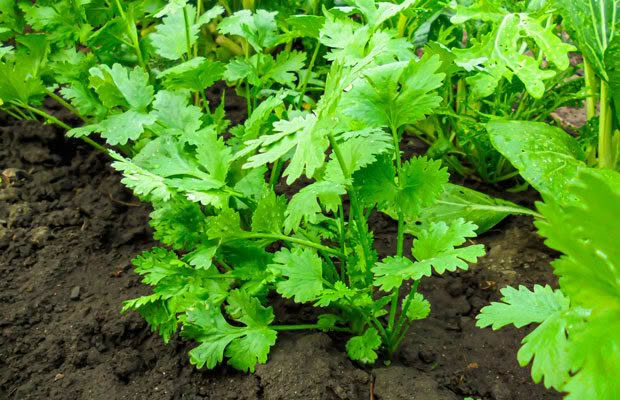10 tips for gardening in March: Sow broad beans, protect ripening grapes

With the soil still warm from the hot months, early autumn is the perfect time for planting.
Words: Jane Wrigglesworth
1. Broad beans can be sown now in cooler regions.
2. Autumn is an ideal time to sow coriander, as it favours colder weather. It’s a short-lived annual that produces harvestable leaves for about 4-6 weeks before it bolts, so a sowing every two or so weeks will keep you in constant supply.

3. Plant Chinese cabbage (wong bok) seedlings. These fast-growing leafy greens can be harvested in as little as 50 days from transplant. Plant in fertile, free-draining soil with added compost or aged manure.
4. Sow miner’s lettuce and lamb’s lettuce (aka corn salad) for cool-season salads. Both are winter hardy, but plant in containers if you get severe frosts.
5. Protect ripening grapes from birds. Cover with bird netting, or for ultimate protection, wrap individual bunches in muslin, mesh, or pantyhose ‘bags’. Don’t allow grapes to over-ripen on the vine, or it will attract wasps.
6. Plant seedlings of Brussels sprouts.
7. Water passionfruit plants regularly, and apply a final dose of a high-potassium fertiliser to boost fruit size. Harvest fruit when it changes colour; it’s ripe if it falls when you gently shake a branch.

8. In cooler areas, place cloches over lettuces and other low-growing vegetables to extend the growing season. Protect tomatoes to ensure developing fruit still ripens.
9. In warmer areas, sow beetroot, broccoli, cabbages, carrots, cauliflower, celery, kohlrabi, lettuces, radishes, and spinach. In cooler areas, plant the same seedlings under cloches.
10. Watch out for green looper caterpillars, which are prevalent in late summer and autumn. They damage the leaves, buds, and fruit of various crops, including tomatoes, beans, cabbages, pip fruit, and many flowering plants.
They tend to flatten themselves against the veins on the undersides of leaves during the day, which makes them difficult to see. Pluck them off and squish them or use a pyrethrum spray (a contact insecticide).
Apply in the evening, when bees and other beneficial insects aren’t flying; light breaks down pyrethrum, so it’s also more effective at night.
MORE HERE
March gardening checklist: Plant broccoli seedlings, add compost to soil
Love this story? Subscribe now!
 This article first appeared in NZ Lifestyle Block Magazine.
This article first appeared in NZ Lifestyle Block Magazine.
